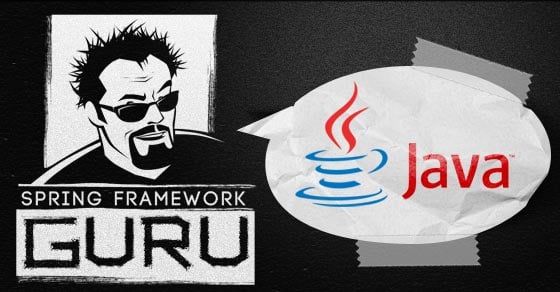How to Configure Logback Using XML
Last Updated on October 21, 2024 by jt The whole purpose of logging gets defeated when the underlying logging framework becomes a bottleneck. Logging frameworks need to be fast, have a small memory footprint, and easily configurable. Logback is a logging framework with those qualities. If you are new to Logback, I suggest going through my […]Continue reading









